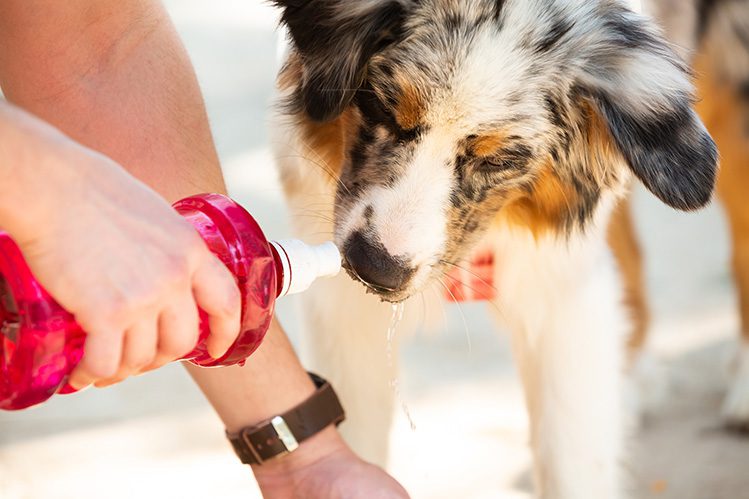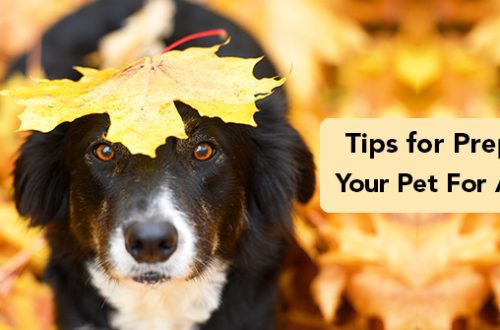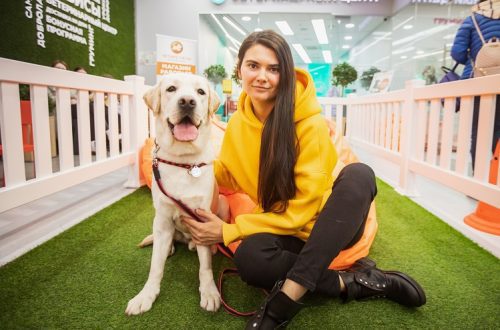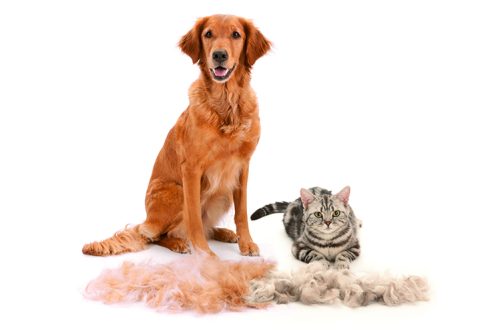
How much should a dog drink?
How much water should a dog drink per day? What factors affect this? What if the dog drinks too little? What if there are too many? What is the best water to give a dog? We analyze this in the article.
The rate of fluid intake is individual for each dog. How much your pet will drink depends on their weight, type of diet, lifestyle, health status, and even environmental factors such as the season or room temperature.
On average, an adult dog should drink 1 to 30 ml of water per day per 50 kg of body weight. If the dog eats exclusively dry food, it will need more water. In this case, the norm is calculated as follows: the volume of water should be 1,5-2 times more than the volume of food eaten.
– The weight. The larger the dog, the more liquid it consumes.
– Type of feeding. If the dog eats food that the owner prepares for him, wet food or is on a mixed diet (wet + dry food), then he needs less fluid than when fed exclusively dry food. Canned dog food is about 70% moisture. Those. a dog gets enough liquid directly from his lunch.
The issue of water consumption is especially acute if the dog eats only dry food. Then she needs to drink as much water as possible. It is better to discuss the feeding rate and drinking regime in more detail with a veterinary nutritionist.
– Lifestyle. Dogs that move a lot consume more water than couch potatoes.
— Surrounding factors. In hot and stuffy rooms, with high humidity, dogs can be much more water than at normal times.
— State of health and physiological features. More fluid is required for pregnant and lactating dogs. Thirst can be one of the symptoms of the disease that you may not even be aware of.
A dog, on the other hand, may refuse water if it is tired or not feeling well. During the recovery period after the operation, she may drink less than usual – and this is normal.
— Stress. If the dog is under stress, he may be thirsty.

If today the dog drinks less water than usual, but at the same time feels good, then there is no reason to worry. Just watch her. If tomorrow the drinking regime returns to normal, everything is in order.
It is worth worrying if the pet does not touch the water at all during the day or practically does not drink for 1-2 days. In this case, you should immediately contact a veterinarian. Delay is dangerous!
It is best to give your dog regular tap water if it is of good quality. You can pass this water through a filter to make it even safer, or let it settle.
Boiled water is not the best choice due to scale. And mineral water (even non-carbonated) in large quantities is dangerous for a dog: the degree of mineralization of water for dogs should not exceed 5 thousand solid particles per 1 million particles of water.
Don’t let your dog drink process water, toilet water, puddles or stagnant water.
- Switch to a new diet.
If your dog is not drinking enough fluids, switch from dry food to canned or mixed food (a combination of dry and wet food).
- Improve water quality.
Perhaps the dog is refusing water because he doesn’t like the taste of it. This often happens with boiled, bottled or poor quality tap water.
The water in the bowl should be changed 1-3 times a day. You need to wash the bowl every day (even if it is visually clean), with ordinary tap water without detergents. The smell of detergent can not only scare away the dog, but also lead to gastrointestinal upset.
- Maybe it’s in the bowl?
The dog can easily refuse water if he does not like the bowl. Perhaps the dog’s keen sense of smell picks up a smell from the bowl that you cannot smell. Or maybe the pet does not like the bowl sliding on the floor. Or that long ears touch the edges of the bowl. There can be many reasons.
The best choice for a dog is a ceramic or stainless steel bowl on a rubberized base, non-slip mat or stand. The bowl should be washed regularly: at least 1-3 times a day.

- Offer water from different sources.
Try placing several bowls in different places around the house. This can help.
Knight’s move – buy a drinking fountain for your pet. Rare dog can resist him!
When you go for a walk or a trip, always take water in a special bottle and a bowl with you. Your dog may enjoy drinking from a bottle much more than from a bowl – and this method is also worth a try. As for trips, it is possible to install a special drinker in the transportation container.
Reward your dog after he drinks. Give her a treat, scratch behind her ear, praise her.
Monitor your pet’s condition and do not hesitate to consult a veterinarian. Ask all the questions that concern you. That’s what loving parents do!





